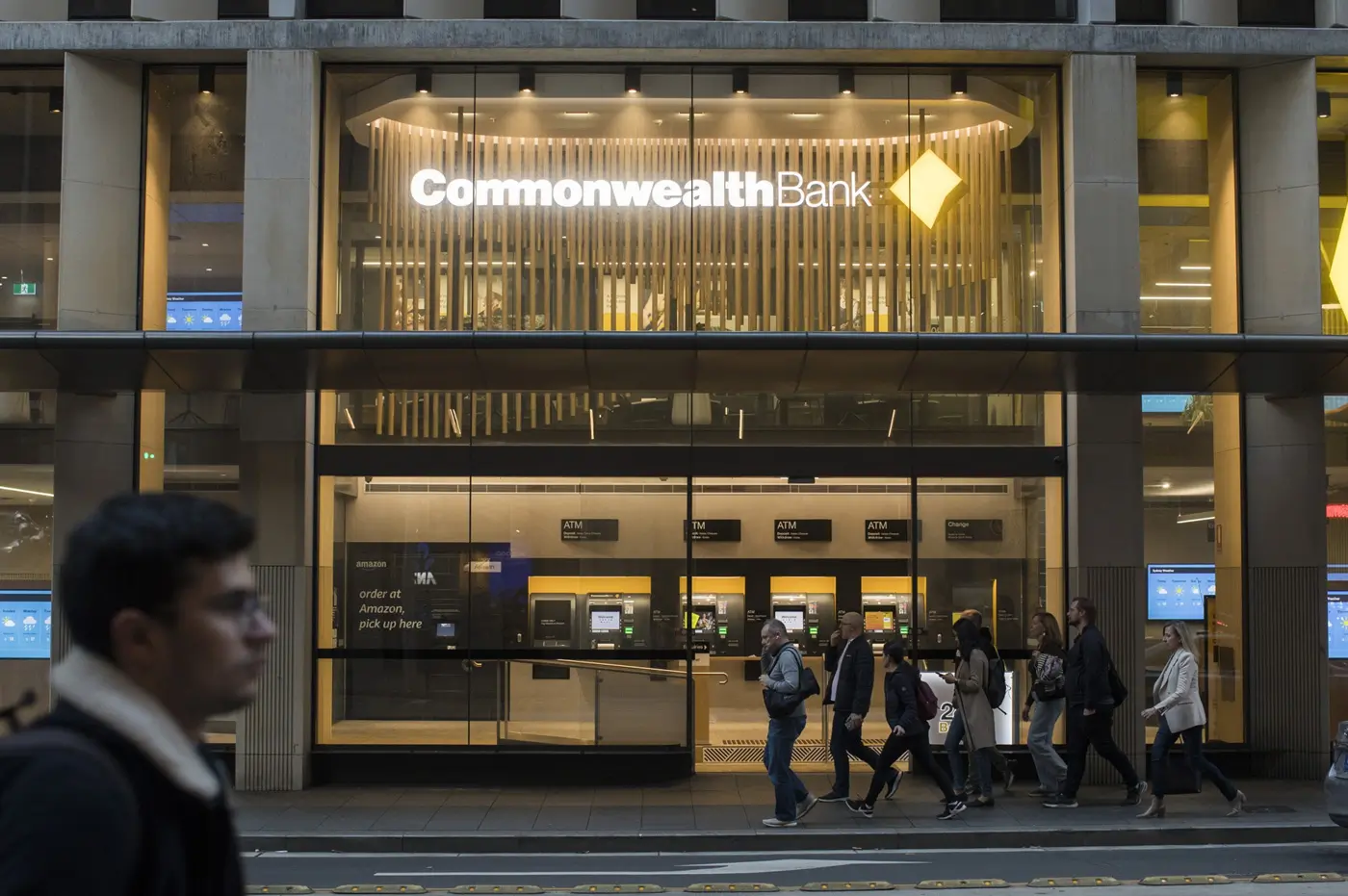Change is a constant and a driving force in the modern business world. Brands face an ever-evolving landscape marked by shifts in customer preferences, competitive movements, technological advancements, and changes in distribution methods. These factors collectively create a fluid environment where staying informed and adaptable is crucial for any brand that aims to remain competitive.
The Impact of Brand Change on Market Adaptability.
Many organisations respond to these shifts through various change initiatives. These can include comprehensive transformation programs, targeted HR training, engaging multimedia presentations, and sophisticated digital apps. Often, these initiatives are propelled by teams of enthusiastic consultants who bring new energy and ideas into the mix. This is particularly common when there’s new leadership looking to make their mark, often leading to a surge in change initiatives within organisations that experience frequent changes at the top.
However, launching change initiatives differs from effectively integrating change into an organisation’s fabric. The real challenge lies in ensuring that these efforts translate into meaningful transformations that permeate every level of the organisation.
How Branding Agencies Facilitate Successful Brand Transformations.
Branding agencies and design agencies play a pivotal role in this context. They emphasise the importance of adaptability and resilience in today’s unpredictable business environment. Brand teams are encouraged to be flexible and ready to pivot strategies swiftly and effectively in response to new information and market conditions. For change to be impactful and lasting, it must be continuously reinforced, widely communicated, supported enthusiastically by senior leadership, and meticulously tailored to fit the organisation’s current realities and future aspirations.
For example, consider a manufacturing firm that decided to mandate creativity among all its employees. This ambitious initiative aimed to transform every employee into an innovator akin to industry giants like Steve Jobs. However, this blanket approach would likely prove unrealistic, leading to frustration and eventual failure. The project ultimately reverted to the status quo, highlighting that while fostering creativity is crucial, it must be approached in a manner that acknowledges individual capabilities and roles.












